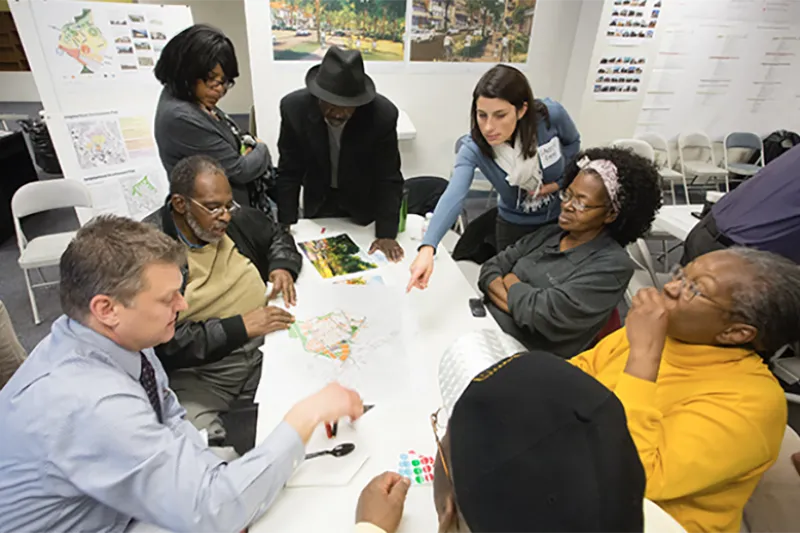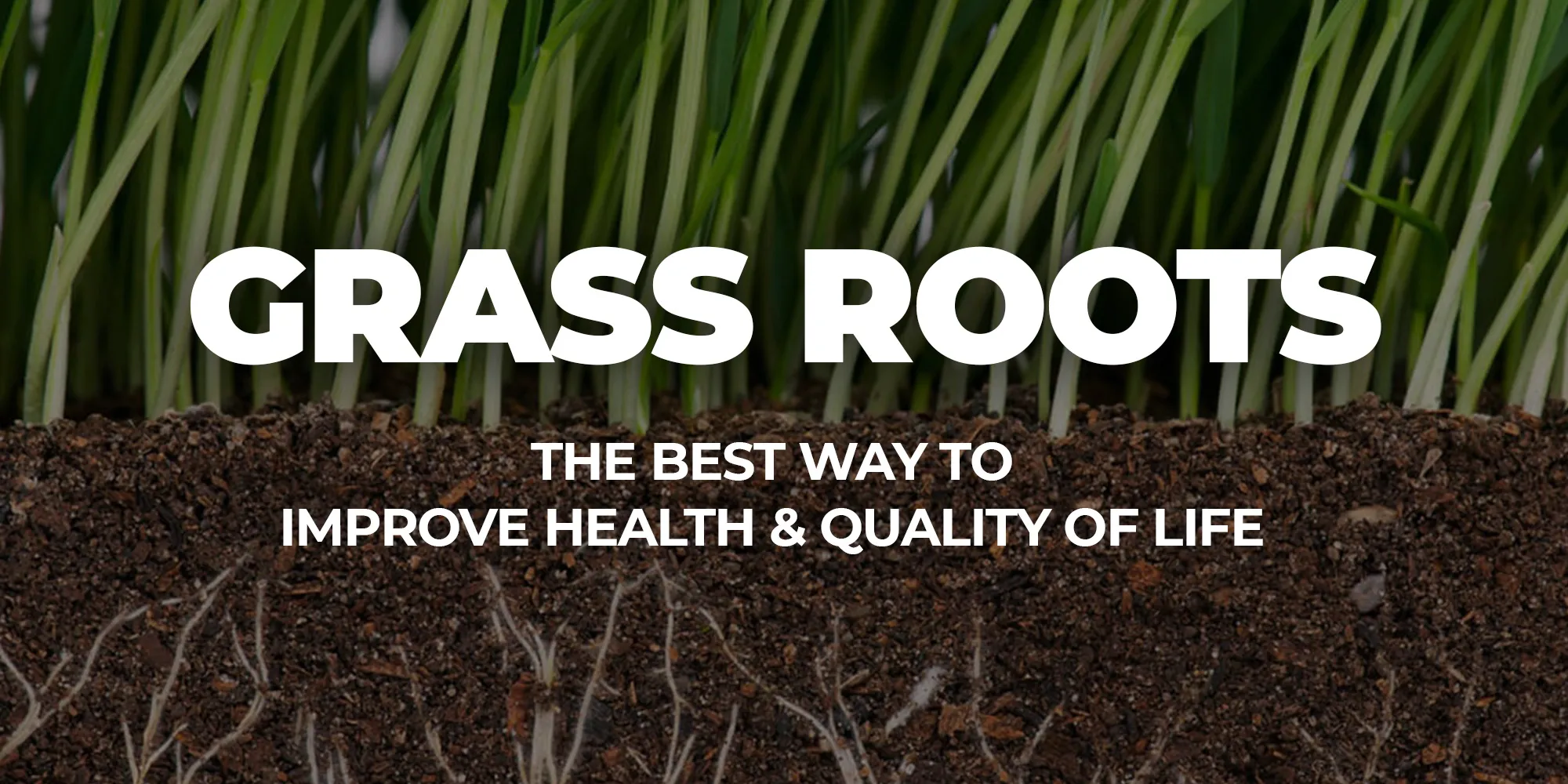For seven years, I worked for a large medical system in northern Ohio and oversaw the education of primary care medical residents. One of our hospitals had just spent a lot of money on a well-equipped health van like the one pictured below. This is NOT a picture of that van but one that looks similar.

Their goal in purchasing this expensive, well-equipped van was to take health care “to the streets” rather than expect people to come to clinics and physician offices.
The program planners at the hospital planned a prostate cancer screening day at an urban school on a Saturday. The priority population was Black American men over age 50.
Program planners envisioned hundreds of Black American men coming to the event; getting on the truck one at a time; getting a digital rectal exam from one of the two male residents; and getting a blood draw for a Prostate Specific Antigen (PSA) test.
The program planners made flyers; took out advertisements in the local newspaper, distributed the flyers to students at the local schools to take home to parents and grandparents. They posted flyers in public places and heavily advertised the event in the neighborhoods surrounding the school. They even paid to have radio advertisements created and broadcast.
The day of the event arrived and the truck parked in the school parking lot on that Saturday morning. What do you think happened?
During that entire Saturday, only four men showed up to be screened for prostate cancer!! Only four! Why was this program such a dismal failure?

The program was a dismal failure because the program planners used a top-down approach.
The program planners (i.e., the so-called experts) designed the program in isolation without any input from or involvement of the priority population (i.e., African American males).
Program planners never even bothered to identify and gain the blessing of the gate-keepers or the stake-holders for this priority population.
Like the picture above, when we use a top-down approach, we design programs in isolation with just our colleagues. We sit or stand in our little silos (or ivory towers) and fail to engage members of the priority population in the planning, implementation, and evaluation of our programs. When we design programs in isolation like this, negative outcomes always occur.
Multiple Problems with the Top-Down Approach
When we design programs using a top-down approach, it leads to multiple problems including the lack of:
- involvement and blessing from the gate-keepers.
- involvement and support of the stake-holders.
- involvement and “buy-in” from the priority population.
- ownership from the priority population.
- any increase in long-term capacity within the priority population.
- sustainability of the program over time.
- consistency of interventions over time.
Is it any wonder multiple research studies indicate that less than 10% of American adults perform five positive health behaviors that prevent chronic illness: 1) not smoking and avoiding tobacco smoke, 2) not drinking alcohol, 3) engaging in regular physical activity, 4) maintaining a healthy body weight and, 5) eating the recommended servings of fruit and vegetables.

Consequences of the Top-Down Approach
When the “so-called experts” leave the priority population when the grant term ends and the money “dries up” what typically happens? Here is what happens:
- The program dies because there is no one left to oversee it or run it.
- Members of the priority population have not been equipped or empowered.
- There are no more activities because there is no more money.
- Members of the priority population are no better off than they were when the program started.
- Members of the priority population become skeptical.
- Members of the priority population feel like they were used.
- Programs are not coordinated, consistent, or sustainable.
None of these outcomes are good! No wonder we have had such poor results in changing people’s behavior. There has to be a better way!
A Better Approach – A Bottoms Up/Grass Roots Approach
This “citizen initiated” approach is started by members of the priority population. Typically, the public health experts first provide some basic education and encouragement so that citizens are aware of the problem and become motivated to change it.

This grass-roots approach involves organizing the people and helping them to take collective actions to benefit their health, wellness, and quality of life.
The process starts where the people are and engages them as equals. After all, they know more about their lives and their neighborhoods than you do anyway! They are the true experts.
This community organizing approach means that your role is very different. Rather than tell the priority population what you are going to do for them or what you have planned for them, you are going to make friends and spend lots of time with them to better understand their world. Your goal is to see life through their eyes.
First, you must earn their respect, friendship, and trust. That takes time! Next, you are going to help them identify common problems, or change their targets, mobilize resources, and develop and implement strategies to reach their collective goals (Minkler & Wallerstein, 2012).
According to Ross (1967), this bottoms-up, grass-roots approach of organizing the people for change is based on some basic assumptions about communities:
- People want to change and can change.
- Communities can develop the capacity to deal with their own problems.
- Members of the priority population should participate in making, adjusting, or controlling the major changes taking place in their communities.
- Communities sometimes need help in organizing to meet their needs, just as many individuals require help in coping with their individual problems.
Because of this “equal approach,” and being involved from the beginning, members of the priority population feel more vested in the issue, take more ownership of the solution, and put more “skin in the game.” Without these ingredients, the program will likely fail.
Often the goals of this type of approach are community development (i.e., helping the priority population to advance and improve) and building community capacity. That simply means that we work to increase the knowledge, skills, and ability of the priority population to effectively handle their own health problems and to successfully advocate for themselves.

A Community-Based Participatory Approach
This is the official name for how we health types use the grass-roots approach to improve the health and quality of life of others. This term became popular around the year 2000. However, these concepts have been around for more than 50 years. Health experts now realize that there are advantages to this approach, especially when it comes to the sustainability of programs over time.
A community-based, participatory approach is one that equitably involves members of the priority population, community members, organizational representatives, and experts in all aspects of the process from beginning to end, including needs assessment, program planning, program implementation, and program evaluation. Members of the community participate fully in all aspects of the process.
By engaging them in the process and by equipping them with the knowledge and skills that they need to be effective lay health leaders, you will be able to empower them and gradually release control and responsibility to them. I call this process, the “Three E’s Model:” Engage, Equip, and Empower.
Who Should Participate?
Some health experts incorrectly assume that it should only be members of the priority population should participate. However, participants in this process can and should also include:
- Leaders and members of faith communities
- School teachers and administrators
- Health care providers
- Health care administrators
- Representatives of government agencies
- Private non-profit organizations
- Workers and leaders from industry
- Individual clients or community residents
- Family members of clients/patients
Let’s Start Using the Grass Roots Approach in Health
The only way that we are going to achieve better results in improving the health and quality of life of others is to change our approach. We must change from the traditional top-down approach that is often focused on downstream variables (knowledge, perceptions, attitudes, behaviors) to a community-based, participatory approach focused on upstream variables such as the social determinants of health (racism, education, housing, employment, transportation, and political leverage).

This change in approach will only occur if your organization uses a community-based participatory process focused community building and the “Three E’s.”
If you do, you will increase buy-in, involvement, ownership, and sustainability of your programs.
No longer will health programs be random, intermittent, uncoordinated, and funded by unrelated grant funds.
No longer will priority populations feel used, skeptical, and distrustful of the so-called experts. No longer will there be poor attendance, high dropout, and a lack of participation.
Do not make the mistake that so many have made and continue to make. The only approach that that will truly make a difference in the lives of the priority population over time is one that enlists, equips, and empowers them to handle their own health problems and to advocate for themselves and others – the grassroots approach.
When the 1795 Group partners with our clients, we help them do just that. If you are interested, one of the resource guides on this website addresses how to make your programs more effective and sustainable by using “Three E’s Model” to train your replacements. I highly recommend it!


